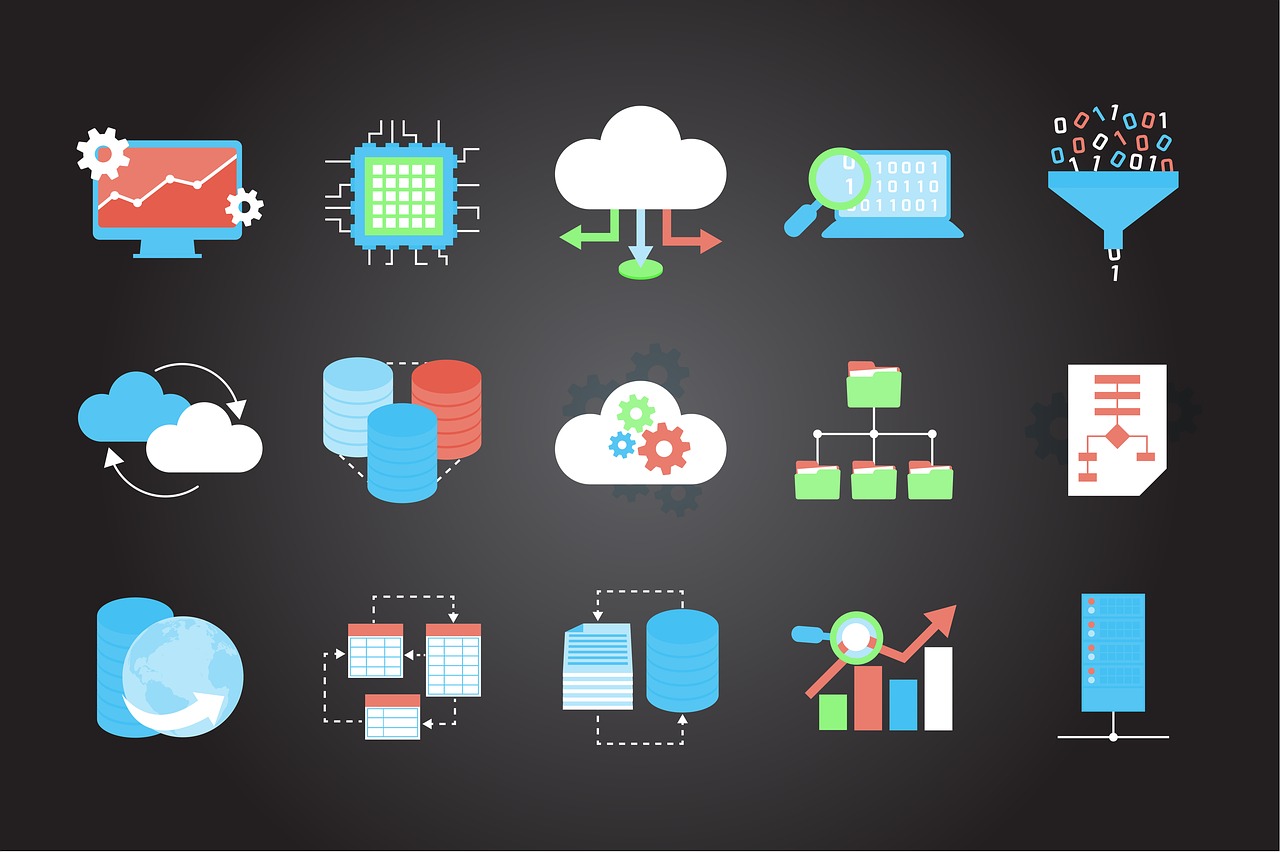The complete name of the offset printing procedure is offset lithography. Both terms each defines the process:
- Lithography is the printing process in which the photo location and the non-image area co-exist on the very same plane. That implies the surface where you publish is completely flat. This is possible because of a beneficial chemical concept: offset printing ink is an oily compound, which indicates it fends off the water. If you can produce a surface area on which some parts include a slim layer of water, those areas will push back ink. The photo areas require to be lipophilic or oleophilic; they approve ink. While the non-printing areas require to be hydrophilic, they are repellent to oil and responsive to water.
- Some counter lithography presses do not utilize a water-based dampening system but instead utilize printing plates where the silicone layer repulses the ink. These are called dry balanced out or waterless offset presses.
- Countered describes the fact that the image is not transferred from a lithographic printing plate to a sheet of paper. Instead, the inked picture is transferred or countered from the printing surface to a rubber blanket and afterward to the printing surface area. The procedure can be made use to publish theoretically, plastic, cardboard, or other products, but these have to have a level surface.
A sheetfed offset press contains the adhering to elements:
- The sheet control system
This NYC printing system moves the sheets of paper that will be printed on via the press.
-
- In the feeder, area sheets are gotten from a paper heap. The pile of sheets is positioned on an adjustable pile table. Jets of air and/or a vacuum cleaner make sure the feeder mechanism only picks up a single sheet of paper each time. That sheet is after that transferred to a feed board where it is effectively positioned prior to being transferred to the printing system.
-
- In the infeed area, each sheet of paper is moved to grippers on the cylindrical perception tube.
-
- If the press has several printing systems, the transfer section guarantees that the sheet transfers to the following impression cylindrical tube. This is normally done using some type of chain system.
-
- Once the published sheet leaves the last perception cylinder, the distribution area lugs the sheet to the shipment stack. This is a place where the printed sheet piles up.



